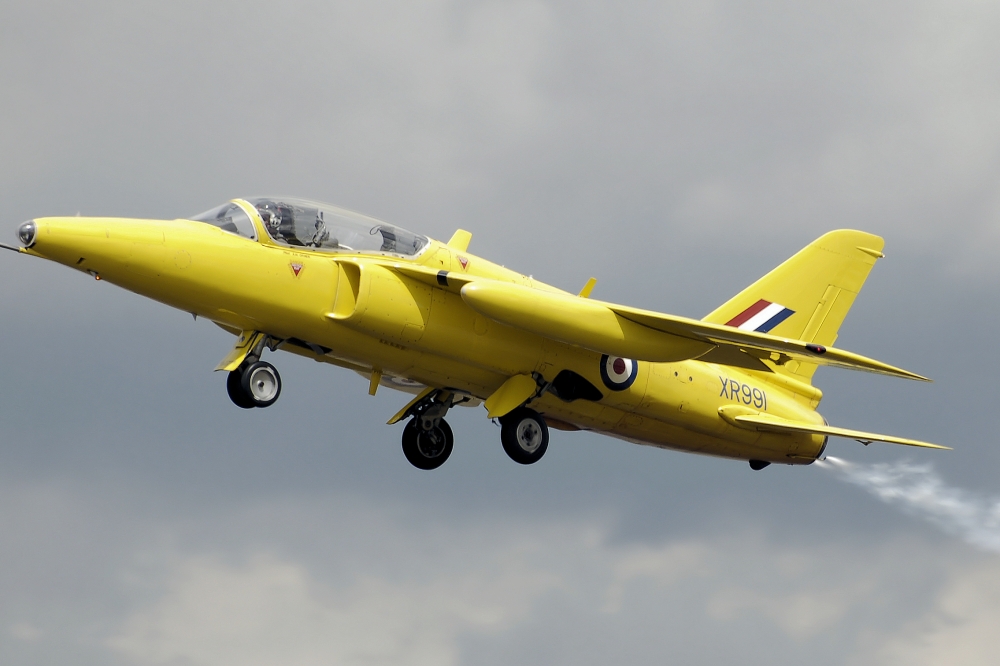In the 1950s, the aviation industry was trending towards bigger, heavier, and more expensive fighter jets. But a small British company decided to challenge this direction by demonstrating that there was a viable market for affordable, lightweight fighters. This is the story of the Folland Gnat.
A Revolutionary Concept
The Gnat was a game-changer. Smaller than almost any jet fighter of its time, even more compact and lighter than the Spitfire, it was conceived by the brilliant aircraft designer William Petter. Petter’s career was marked by remarkable achievements, including the Westland Lysander, Whirlwind, and significant contributions to the Spitfire during WWII. His journey led him to Folland Aircraft in 1949, where he became the managing director and chief engineer.
Challenging the Norms
Petter believed that the trend towards heavier and more complex aircraft was flawed. Drawing from his WWII experience, he argued that these designs would be impractical in a prolonged conflict. Thus, he envisioned a lightweight, simple fighter with low production and operational costs—an idea that led to the development of the Folland Gnat.
https://youtu.be/EakpWY8BoVQ
Development and Prototypes
Folland took a bold step by developing this aircraft at their own expense. They first built a proof-of-concept demonstrator, the Fo-139 Midge, which flew in August 1954. The Midge exceeded expectations, leading to the more advanced Gnat prototype, which first flew in July 1955. This new aircraft was agile, with impressive speed and climb rates, making it a pilot’s dream to fly.

Folland Gnat T.Mk1 (XS102 in RAF service, now XR991/G-MOUR) during a display at Kemble Air Day on 15th June 2008 at Kemble Airport, Gloucestershire, England. Built 1964 for the RAF as XS102, put on the civil register in 1990. This aircraft, kept at Kemble, is painted in the colours of a former RAF display team who used Gnats – the Yellowjacks. The reason for the serial change is that XS102 never served with the Yellowjacks but XR991 did.
International Interest and Service
Despite initial setbacks, such as NATO’s preference for other aircraft and the RAF’s choice of the larger Hawker Hunter, the Gnat found its niche as a trainer. The two-seater variant, the Gnat T.1, became the primary advanced trainer for the RAF and the first aircraft of the Red Arrows aerial display team, achieving widespread fame.
Combat Performance
The Gnat also proved its worth in combat, particularly with the Indian Air Force during the Indo-Pakistani War of 1965. Its small size, speed, and agility made it a formidable adversary, earning a reputation as a highly effective fighter.
Legacy
The Folland Gnat’s legacy is one of innovation and resilience. It defied the trend of its time, offering a compelling alternative to the larger, more complex fighters. Its role with the Red Arrows and its success in international markets underscore the enduring value of William Petter’s vision for a lightweight, versatile aircraft.
Top Photo: Gnat over RIAT in 2018
Source: YouTube

